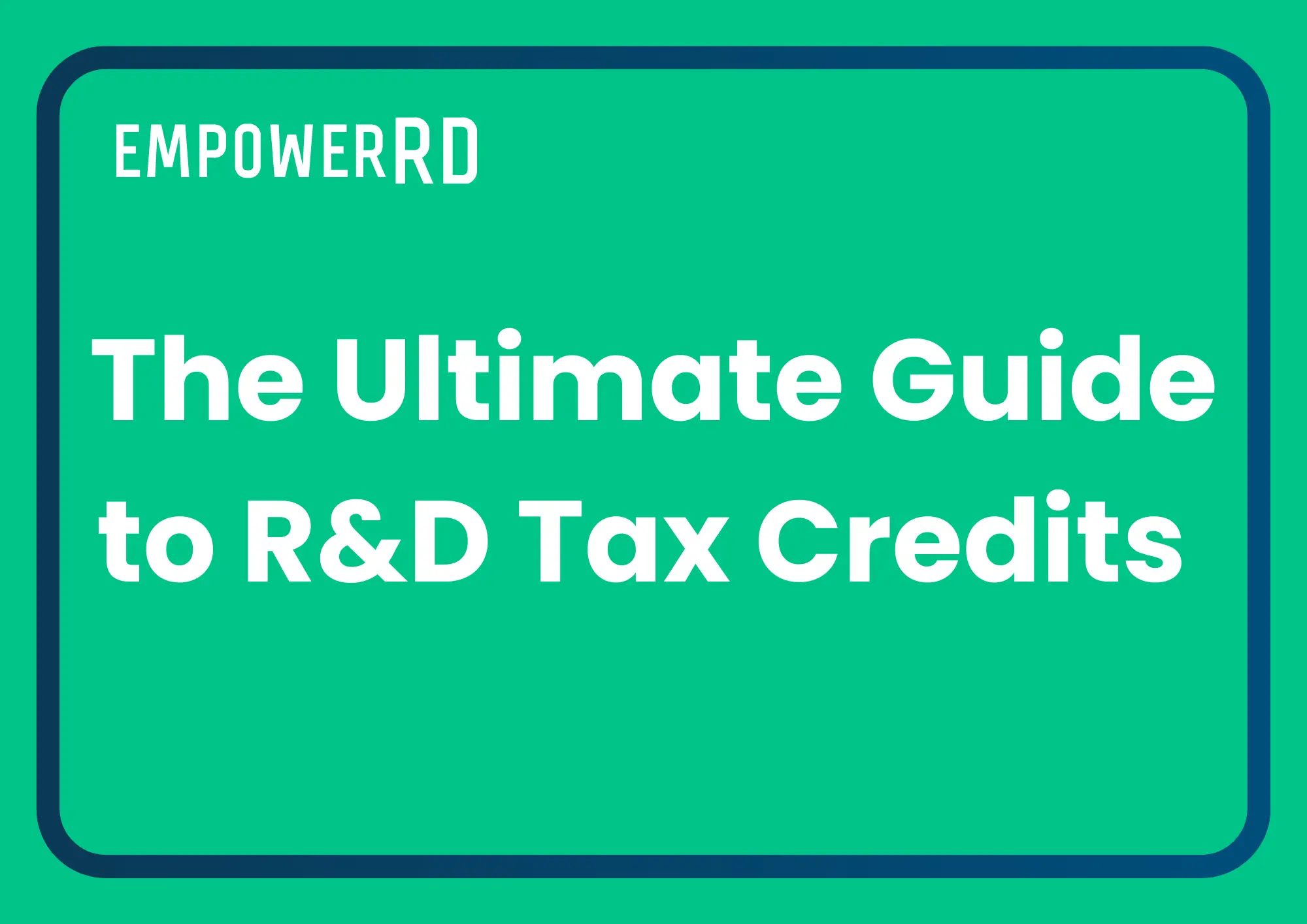Externally Provided Workers (EPWs) and subcontractors are treated differently for R&D tax relief. Find out what costs you’re able to claim.
Externally provided workers are temporary hires, supplied by a third party, who work under the direction and supervision of your team. Meanwhile, subcontractors are paid to work autonomously on an area of R&D for which you have a lack of expertise.
In terms of R&D tax relief, EPWs and subcontractors have different cost and eligibility profiles, which we outline in this guide.
In this article:
Externally Provided Workers (EPWs)
What is an Externally Provided Worker?
Externally Provided Workers (EPWs) are temporary workers that are supplied by a third-party. You’ll be paying the third-party for the work, as opposed to the individuals doing the work. EPWs cannot be on your payroll. If they were, they would be included in your staff costs.
EPWs work under your technical guidance, supervision and management. They can be viewed as an extension of your existing workforce.
Common examples of third-party EPWs include:
- Staffing agencies
- A Personal Service Company (PSC)
- Connected companies
Please note that payments to self-employed consultants are not categorised as payments to EPWs, as there is no contractual agreement between the consultant and a third party.
Under the merged scheme and ERIS (for accounting periods starting on or after 1 April 2024), only EPWs who are subject to UK PAYE are eligible for relief. If the EPW is not on a UK payroll (for example, an overseas contractor), the cost is no longer claimable under these schemes. This is a tightening of previous rules and is aimed at ensuring PAYE compliance across the R&D supply chain.
Qualifying EPW Costs
SME Scheme
Under the SME scheme, where the staff provider is unconnected (as in the majority of cases), 65% of qualifying Externally Provided Worker costs can be included in your claim. HMRC has capped this to account for the staff provider’s profit margin.
Where the staff provider is connected you may claim 100% of the lesser of:
- Payment to the staff provider
- Or relevant expenditure of the staff provider in paying EPWs
RDEC Scheme
Under the RDEC scheme, 65% of Externally Provided Worker costs can be included in the claim.
Merged R&D Scheme and ERIS
Under the merged R&D scheme and ERIS, the same 65% rule applies for eligible EPWs, but only where the EPW is subject to UK PAYE. This means overseas EPWs and those not taxed via PAYE are excluded, even if they would have been claimable under the legacy SME or RDEC schemes.
Subcontractors
What is a subcontractor?
Subcontractors are engaged to carry out a particular service, relating to the R&D project as there may not be the in-house expertise to complete it. They are often experts in their field.
They are typically paid directly and would not be hired via a third party such as a staffing agency.
Unlike EPWs, subcontractors work with a high level of autonomy, and you would have a minimal level of supervision and control over them. You would most often invoice subcontractors for payment on all the work undertaken, rather than at an hourly rate. Although that is not always the case, and not an essential criterion.
Under the merged R&D scheme and ERIS, subcontractor costs can only be claimed if your business is the one commissioning the R&D and bearing the risk.
If your company is contracted to perform R&D for another business, you generally cannot claim for that work under the new rules. However, you can claim if you’re contracting R&D out — as long as your company initiated the project and retains control of it.
There are still exceptions: you may claim costs if the R&D was carried out for non-taxpaying entities like charities, universities, or certain overseas bodies.
Qualifying Subcontractor Costs
Whether subcontractor costs qualify for R&D tax relief depends on the following two factors:
- Which R&D tax credits scheme you are claiming under (e.g. RDEC or SME)
- Whether the subcontracting party is connected or unconnected
SME Scheme
Under the SME scheme, where the subcontractor is unconnected, the company can claim 65% of the qualifying R&D payment made to the subcontractor.
However, where the subcontractor is connected, you may claim 100% of the lesser of:
- The R&D payment made to the subcontractor
- Or, the relevant expenditure in the connected party’s accounts
RDEC Scheme
Generally, you can’t claim subcontractor costs under the RDEC scheme, whether connected or unconnected. The exception to this rule is where the work has been contracted to “a qualifying body,” “an individual” or a “partnership made up wholly of individuals.” In this case, 100% of the costs to those parties can be included.
Examples of qualifying bodies include:
- Charities
- Higher education institutions
- Health service bodies
- Scientific research organisations
In most cases, the qualifying body needs to be headquartered in the UK. HMRC does, however, identify some overseas qualifying bodies which are eligible.
Merged R&D Scheme and ERIS
Under the merged R&D scheme and ERIS, the same subcontractor eligibility logic applies:
- You can claim subcontractor costs if you’re the party directing and funding the R&D.
- You cannot claim if the R&D was contracted to your company by someone else.
- Claims are still permitted for qualifying bodies (as defined above), even under the merged rules. This new definition of contracted-out R&D was introduced in the 2024 Finance Act and aims to focus relief on the company making key decisions about the R&D project.




